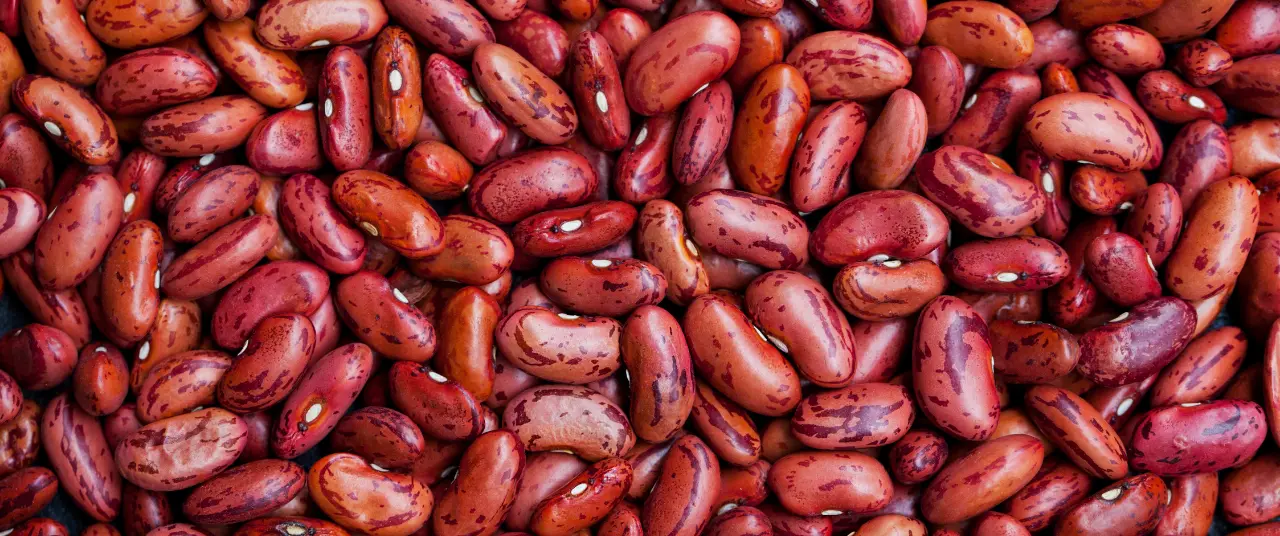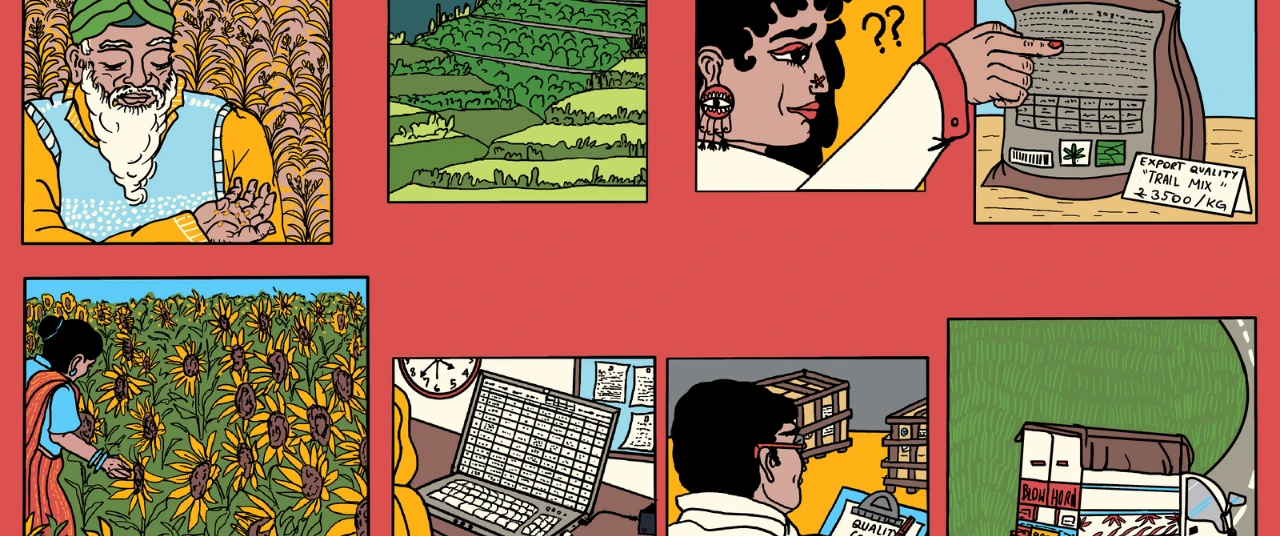The Herbal Sutra reveals the medicinal treasures in Indian flora






Do you remember eating tulsi leaves to ward off a fever? Ever wondered why curry leaves are a staple in many Indian dishes, or why sandalwood paste is used in religious ceremonies?
Herbs found in our kitchen gardens, local areas, or even the wild–if you're lucky enough to live near forests–offer powerful health benefits. They aid digestion, relieve migraines, reduce cholesterol, and treat ailments like dengue and arthritis thanks to their antiseptic, antiviral, antioxidant, and astringent qualities.
Prof Madhulika Banerjee, a political science professor at Delhi University, chronicles 100 wonder herbs from India in her new book The Herbal Sutra, beautifully illustrated by Anita Verma. Banerjee provides valuable insights into their medicinal, culinary and cosmetic uses, from familiar herbs like ginger and garlic to lesser-known ones such as Lokha (King of Bitters) and Chisheng (Himalayan Cinquefoil). The book is a gold mine of wisdom, combining practical benefits with trivia on each herb’s traditions and lesser-known applications.

Ayurveda vs biomedicine
Is alternative medicine effective? The professor said this debate is rooted in power dynamics. No surprise then that her PhD thesis was titled Power, Culture, Medicine: Ayurvedic Pharmaceuticals in India, building on her MPhil case study of the Bhopal Gas Tragedy.
“There were two key debates about Bhopal. One focused on the legality of the tragedy, and the other on health and medical issues. That’s when I first realised medicine is a deeply contested terrain,” she said.
Herb extraction, owing to high demand and large-scale manufacturing, is occurring at a rate that we simply don't fully understand. Those knowledgeable about it have no way of controlling the process because the powers overseeing extraction are much stronger.
As the daughter of a surgeon, Banerjee questions why many believe biomedicine–or Western medicine–is the only valid form of knowledge, especially since it has existed for just over 200 years and constantly evolves.
“Legitimacy is an expression of power. When anybody asserts the legitimacy of a particular system of knowledge, of practice or anything, it's vital to understand its underlying power structures,” she said.
Ayurveda, a knowledge system practised for centuries, boasts sophisticated methods of diagnosis, treatment, and analysis, which deserve equal recognition. Comparing Ayurveda to biomedicine is unfair, said Banerjee.
"Ayurveda practitioners first made it their business to understand biomedicine, anatomy and physiology. Eventually, the Central Council for Research in Ayurvedic Sciences was set up by the Government of India in the late 60s. Around the same time, the notion of Ayurvedic formularies was linked to modern pharmaceutical industries. These formularies were being set up with a systematic search on different texts, and thus, a pharmacopeia was created,” she said.

Initially, researchers aimed to validate Ayurveda through Western biomedicine standards, but by the 21st century, this approach shifted. The researchers demanded a different frame of reference.
Dr P Rammanohar, a skilled Ayurvedic doctor and researcher, convinced the National Institutes of Health (NIH), the top US research body, to test whether Ayurveda could cure rheumatoid arthritis. He not only secured the trial in India but also extended it from six weeks to six months and created a full trial protocol based on Ayurvedic principles.
“The trial conducted by Rammanohar was completely transparent and the NIH was free to come watch, observe, make their own recordings about what was going on, etc.” said Banerjee, adding that scientists and researchers across India are bravely continuing this kind of work, often facing funding challenges.
Herb extraction
Herbal remedies have become very popular in the last 25 years. Because of this, organisations started to ignore the traditional knowledge about gathering these herbs, which local communities used to know.
“There is a procedure and a specification for how much to take to collect each element–whether it's a flower, leaf or root. You also needed to know what season you could access each part and which seasons you could not, i.e., the plant's regeneration time. Also, every forest had a sacred area from which nothing could be collected,” she said.
Now, these thoughtful practices are largely forgotten.
“Herb extraction, owing to high demand and large-scale manufacturing, is occurring at a rate that we simply don't fully understand. Those knowledgeable about it have no way of controlling the process because the powers overseeing extraction are much stronger. As a result, several herbs, such as Aconitum heterophyllum (Atees), Picrorhiza kurroa (Kutki), Saussurea costus (Kuth), Asparagus racemosus (Shatavari), Pluchea lanceolata (Rasna Jadi), and Rauvolfia serpentina (Sarpagandha), are now listed as endangered on the IUCN Red List,” she said.
To combat this, urban herbal garden kits were introduced two decades ago by pioneers like Hariram Murthy. Urban dwellers can grow herbs like lemon grass, tulsi, aloe vera, hibiscus, giloy and ashwagandha in their balconies.
Herbal remedies
Ayurveda offers remedies that can provide both quick relief and long-term benefits. “It is a misconception that traditional medicine only works over a long time. When you have a headache and must pop a pill to report to work, that changes your notion of time. It is no coincidence that biomedicine developed during the Industrial Revolution.”
Banerjee emphasised the delicate balance Ayurveda maintains between diet, sleep, lifestyle and medicine. To ensure their efficacy, herbs must be used with care, adhering to known restrictions prescribed by qualified practitioners. "Paying attention to nature, and ourselves, is key," she concluded.
{{quiz}}
Explore other topics
References




.avif)






